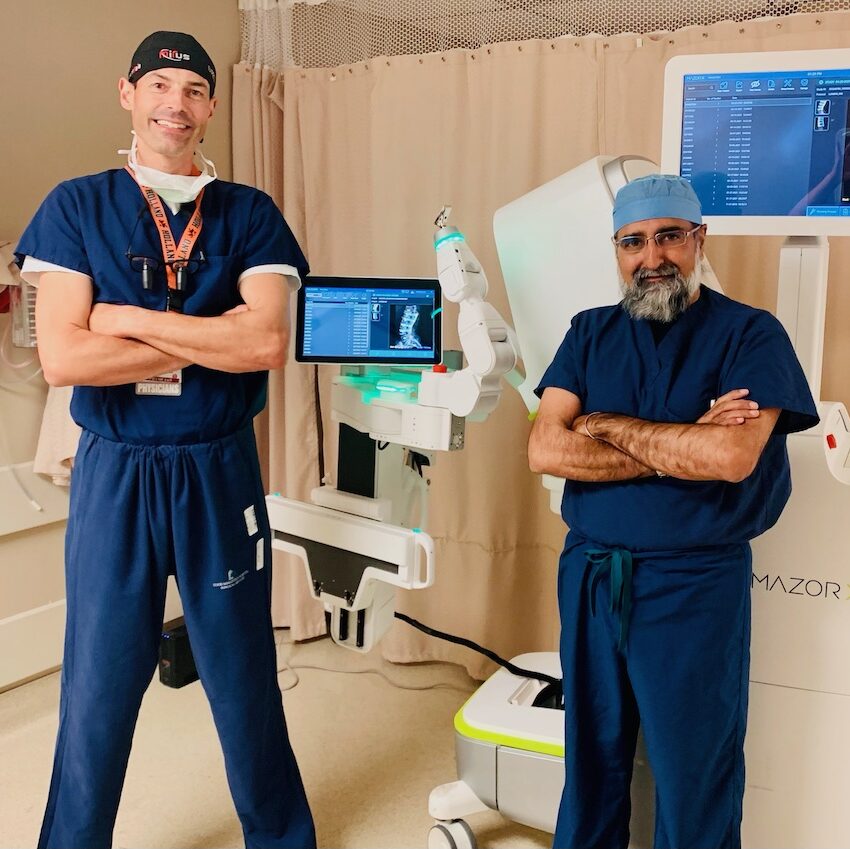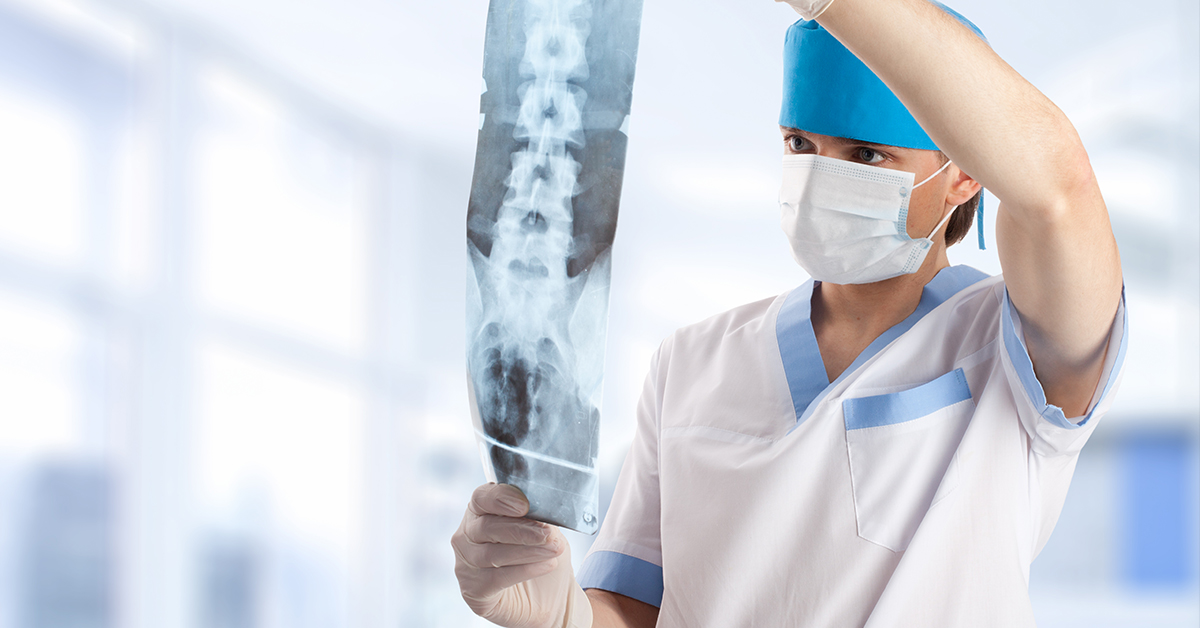A Review of Back Problems That Frequently Lead To Surgical Treatments
Spine conditions such as herniated discs, spinal stenosis, and degenerative disc disease regularly demand medical treatments when conventional treatments stop working to minimize persistent signs and symptoms. These problems not just lead to substantial pain yet can also drastically impair daily performance and total lifestyle. Recognizing the nuances of each problem and the equivalent medical options, such as discectomy or spine fusion, is crucial for reliable administration. As we discover these conditions even more, it becomes apparent that the decision-making process surrounding surgical therapy is diverse and warrants careful consideration.
Herniated Discs
Although several individuals with herniated discs may find alleviation through traditional therapies, surgery comes to be a required factor to consider when signs intensify or persist - best spine surgeons in st louis mo. A herniated disc happens when the soft inner gel of a spinal disc sticks out with its outer layer, possibly pressing neighboring nerves and leading to discomfort, numbness, or weak point in the extremities
Traditional management generally includes physical therapy, discomfort medications, and corticosteroid injections, which intend to minimize inflammation and enhance function. However, in cases where these techniques fall short to reduce incapacitating symptoms, surgical choices may be explored.
One of the most usual surgery for herniated discs is a discectomy, which involves the elimination of the herniated portion of the disc to soothe stress on the affected nerve root. In more serious instances, back blend may be required to maintain the affected vertebrae.
Clients are advised to review the possible risks and benefits of surgical treatment with their medical care supplier to make a notified decision. Eventually, the goal of any medical treatment is to restore feature, reduce pain, and improve total quality of life for individuals enduring from herniated discs.
Spinal Constriction
Spinal stenosis happens when the spaces within the spinal column narrow, bring about increased pressure on the back cable and nerves. This condition can establish in numerous regions of the spinal column, consisting of the back and cervical locations, typically because of age-related adjustments, such as degenerative disc illness, joint inflammation, or thickening of ligaments.
Clients with spinal constriction might provide with symptoms that consist of pain, pins and needles, prickling, or weak point, primarily in the arms or legs. These symptoms can be intensified by tasks that entail standing or strolling, often leading people to look for alleviation with traditional therapies like physical treatment, medications, or epidural steroid injections.
However, when these non-surgical treatments fall short to provide ample relief, medical alternatives may be thought about. Typical procedures for spinal stenosis include laminectomy, which entails the removal of part of the vertebra to alleviate stress, and spine fusion, which supports the afflicted area. The decision to seek surgery is generally based upon the extent of signs and symptoms, the level of useful disability, and the general wellness of the person. Trigger medical diagnosis and management are critical to avoid additional neurological concession and enhance lifestyle.
Spondylolisthesis
Spondylolisthesis occurs visit when one vertebra slips ahead over another, causing imbalance of the spinal column. This condition can result from various factors, including congenital flaws, trauma, or degenerative changes in the spinal column. It is most typically observed in the lumbar region, especially at the L4-L5 and L5-S1 levels.

When non-surgical approaches stop working to ease symptoms or when significant nerve compression is present, medical treatment may be warranted. Surgical alternatives can consist of spinal blend or decompression procedures, aimed at bring back positioning and easing neurological signs.
Degenerative Disc Condition

The problem can be diagnosed with a combination of medical examination, imaging studies, and individual history. When these techniques fall short to supply adequate relief, medical interventions may be thought about.
Surgical options for DDD might consist of back combination or fabricated disc replacement, targeted at supporting the impacted sector and relieving pain (best spine surgeons in st louis mo). Inevitably, the selection of treatment is individualized, considering the seriousness of the condition, patient health and wellness, and way of living aspects
Spine Growths

What variables add to the growth of lumps within the spine, and exactly how do they show up in people? Spinal growths can develop from different elements, including genetic predisposition, environmental impacts, and pre-existing clinical problems. They can be classified as main growths, coming from the back, or additional tumors, which spread out from other regions of the body. Patients may provide with a variety of signs, including local discomfort, neurological deficiencies, weakness, or adjustments in digestive tract and bladder function, depending upon the lump's dimension and area.
Medical diagnosis typically includes imaging researches such as MRI or CT scans, which assist mark the lump's attributes and influence on surrounding frameworks. In analyzing treatment options, the tumor's type, location, and grade are important factors to consider. Surgical treatment may be warranted to alleviate signs and symptoms, obtain a biopsy, or remove the lump entirely. The goal of surgical procedure is commonly to decompress neural components and maintain the spinal column. Adjuvant therapies, consisting of radiation or radiation treatment, might additionally be essential depending on the lump's nature. Early discovery and intervention are critical for enhancing results in clients with spine growths.
Conclusion
In summary, spine conditions such as herniated discs, spine constriction, spondylolisthesis, degenerative disc disease, and spinal lumps frequently demand surgical treatment as a result of their potential to cause substantial discomfort and useful disability. While conservative therapies might use temporary alleviation, medical choices end up being important when signs get worse or linger. Timely medical diagnosis and intervention play a critical duty in restoring function and improving the lifestyle for damaged individuals, highlighting the relevance of comprehensive back care.
